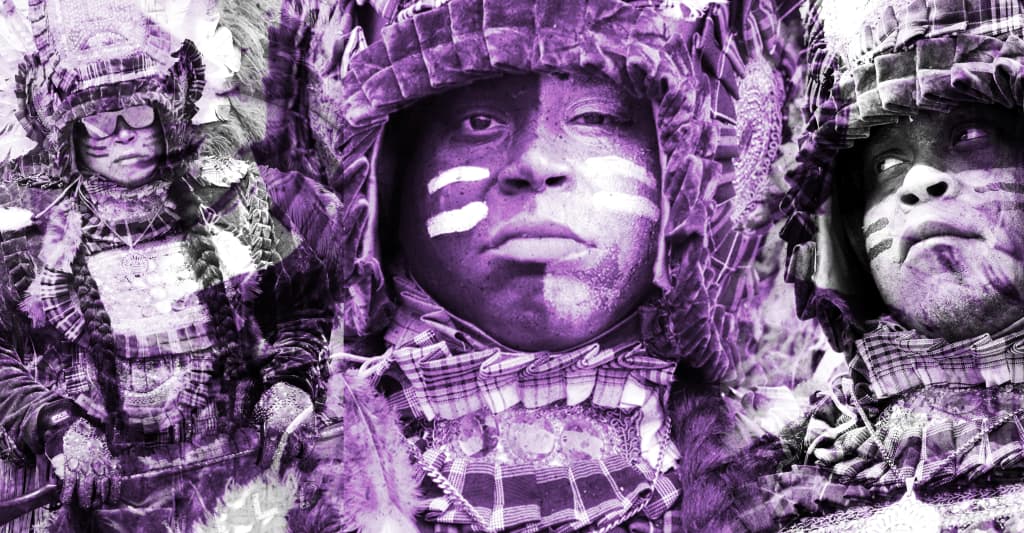The human edge in the AI era
In the Future of Jobs 2025 report, the World Economic Forum predicts that 60 percent of jobs will require upskilling or retraining, or they'll be threatened. The skills we have today may not keep us secure for long.


Key points:
- We must nurture the human values that AI cannot replicate
- Most teachers agree AI is a time-saver
- 5 practical ways to integrate AI into high school science
- For more news on AI and career readiness, visit esN’s Digital Learning hub
In the Future of Jobs 2025 report, the World Economic Forum predicts that 60 percent of jobs will require upskilling or retraining, or they’ll be threatened. The skills we have today may not keep us secure for long.
As professionals at all levels confront this disruption, career survival now demands we continuously learn, embrace the discomfort of being beginners again, and boldly step into the unknown. GenAI and automation are eliminating traditional career entry points, leaving young job seekers without the stepping stones we once had (NYT, 2025).
The AI tectonic shift: Education and workplace worlds pulling apart
This workforce transformation is exacerbated by an alarming disconnect between education and industry. The education world was always a little behind the workplace, but this gap is suddenly transforming into a rapidly widening chasm. Education and workplaces are drifting apart like tectonic plates in an earthquake. On one retreating cliff edge stand schools actively banning ChatGPT and other AI tools, clutching traditional assessment models as the ground trembles beneath them. On the opposite edge, workplaces are accelerating their AI integration, changing how and who they hire, investing heavily in generative AI training and reimagining entire workflows around these technologies.
This widening gap makes career obstacles worse, especially for young people caught in between these separating worlds. It’s time for educators to engage with industry leaders to explore humans’ role in an AI-augmented workplace and revamp what we’re teaching and assessing, ensuring young people can still find meaningful paths into the workforce.
Balancing new powers: AI’s potential to advance our shared values
Yet within this challenging landscape lies unprecedented opportunity. With increasingly powerful AI tools, we can finally tackle the harder, more complex, and messier people-problems that were previously too difficult or expensive to address. AI can help us promote universalism–understanding, tolerance, and care for people and the planet.
The acceleration of innovation, feedback gathering, and iteration creates pathways for solutions we couldn’t previously imagine. Thriving in this new world requires emotional and cognitive resilience to handle constant information flow.
AI enhances our drive for achievement but disrupts our need for security, tradition, and conformity. This fundamental challenge to identity and livelihood explains much of the negative reaction to AI–and highlights why bridging the education-workplace divide is so crucial for those entering this rapidly transforming world.
Bridging the chasm: A framework for human-AI competencies
To close the education-workplace gap, organizations are creating new training approaches for an AI-driven world.
After reviewing approximately 100 articles on AI’s impact across different sectors, Technovation, a global AI accelerator for girls and women, has developed a preliminary progression of skills that addresses both the technological and human dimensions of this challenge.
This framework combines two critical perspectives: first, that technology is a powerful tool for action–demanding a focus on computational action rather than just coding or AI literacy–and second, that these powerful tools give us the opportunity to tackle humanity’s greatest challenges.
This framework offers a potential bridge across the tectonic divide, equipping young people with the integrated human-AI competencies they’ll need to navigate a disrupted career landscape and find meaningful work in an evolving economy.

Building resilience in education
In the AI-transformed workplace, success will belong to those with innovation, initiative, and resilience. Developing a problem-solver mindset–proactively creating solutions, testing new approaches, and anticipating future needs–gives people a lasting advantage as traditional skills and career pathways erode. These capabilities represent uniquely human traits that AI cannot replicate.
However, current education systems fail to build these skills. We need to fundamentally rethink how we teach resilience and adaptability. Proven models already exist–the military and airline industries have been training personnel to handle life-or-death situations in uncertain environments through simulations for decades. Similarly, video games excel at building these capabilities. These immersive approaches represent an untapped opportunity to teach real-world problem solving, complex decision making under stress, and emotional resilience at scale–exactly what young people need to navigate the disrupted career paths they now face.
Beyond technical capabilities, we must nurture the human values that AI cannot replicate. Teaching the mechanics of empathy–identifying with others’ suffering and wanting to solve bigger problems–provides both moral development and practical purpose in an automated world. This connects directly to the universal values that give us purpose, and that AI can help us advance.
The tools for this revolution already exist–what’s missing is action. We need to immediately reimagine education systems that build innovation, empathy, and resilience. Educational leaders need to partner with industry today, not tomorrow, to design and implement these approaches.
While GenAI churns out answers, we must raise a generation that knows which questions to ask and which solutions to build.
















_Weyo_alamy.png?width=1280&auto=webp&quality=80&disable=upscale#)















































